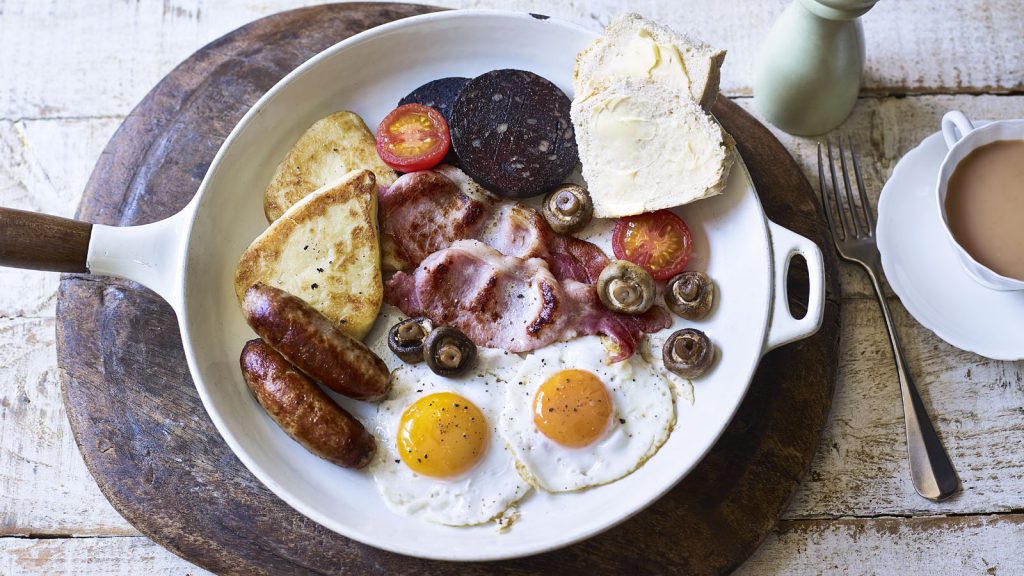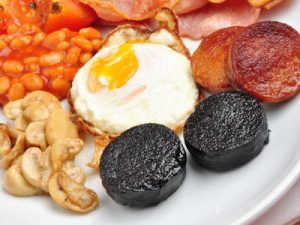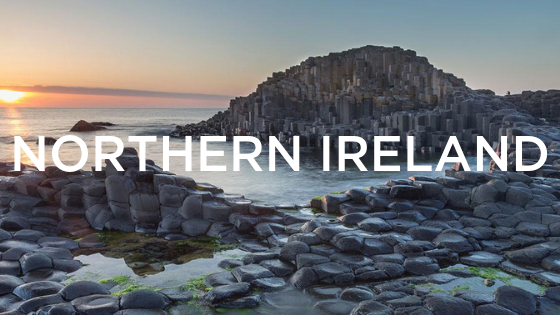GBL-101 Final Project
In this upcoming spring semester, I will be taking the Global-102 course, Journeys: Northern Ireland, and will be subsequently traveling to Northern Ireland in March. The course is titled “The Trouble With Peace”, which is aptly named for the intriguing case study of Northern Ireland, in which religious and territorial conflict have dominated the region for decades. The course examines the history of events during the tumultuous, bloody series of conflicts known as The Troubles and engages in how peace and reconciliation are dealt with after serious conflict. With the course being taught by the wonderful Professor Christine Cozzens, it will be a great semester of connecting with the literature and history from Northern Ireland and the impact that the events of The Troubles had on the international community.
During my long-awaited Journeys trip in the spring to Northern Ireland, there are numerous dishes I will encounter that will help me get to know the culture and people of the region. Northern Ireland is incredibly rich in history, culture, scenery, and people. Regional foods reflect their environment and adhere to the local histories and cultures. In my research on foods in Northern Ireland, I learned about an array of interesting foods such as Soda Farls, Dulse, and Irish Stew. However, one dish that piqued my curiosity and is integral to Northern Ireland’s food culture was the Ulster Fry.
 https://www.bbc.com/food/recipes/theulsterfry_92143
https://www.bbc.com/food/recipes/theulsterfry_92143
Ulster Fry is a fried breakfast is common in most regions of Britain and Ireland, each country has its own variation o the fry-up, from the “Full Irish” to the “Full Welsh.” The relative qualities of each version are hotly debated, but the Ulster Fry has its own interesting twist. The list of ingredients needed to make a proper Ulster Fry are: Streaky bacon / bacon rashers, sausages, Black pudding (an Irish sausage containing blood, a grain such as oats or barley, and various spices), eggs, potato farl (a potato-based griddle bread, rolled out into a circle and cut into quarters, then baked), and a Soda farl (soda bread baked on the griddle, also in quarters). Other ingredients occasionally added to the Ulster Fry, as a garnish or as elements of other regional breakfasts that have been incorporated into the mix from outside sources, are white pudding—a sausage like black pudding but without the blood)—tomatoes, mushrooms, and fried bread.
According to Mustafa Koc and Jennifer Welsh, in their scholarly article “Food, Identity, and the Immigrant Experience,” when one examines a group of people’s sense of identity and culture from cultural elements such as religious celebrations, language, and leisure activities, diet and food choices must be ignored when looking at these factors (47). The Ulster Fry is a unique cultural dish to Northern Ireland. It is available all over the region in cafes and casual restaurants and is not only served for breakfast, as one would think initially, but is also regarded as a lunch and dinner dish. The Ulster Fry is enjoyed both in rural and urban areas in Norther Ireland as a hardy, plentiful meal to start the day. As in many cultures, where breakfast is “heavy”, or loaded in carbohydrates that is indicative to the times of the history of the region. The Ulster Fry plays a role in the experiences and practices of citizens in Norther Ireland as food acts as a bonding factor that ties all their experiences with a common thread (European Cuisines).
The Ulster Fry is the combination of many unique food items to Northern Ireland like  potato farls and soda bread. Also, the ingredients in the Ulster fry are the result of the common natural resources that are found in Northern Ireland. Due to Northern Ireland’s geographic location, its place as an island affects the weather and the predominate natural resources found there, that are in conjunction to common dishes that are produced in the region. Many Northern Ireland dishes have a wheat base and rely on elements of beans or legumes as well as meat, such as pork and beef. The Ulster fry is representative of this food system in terms of a environmental and cultural aspect, particular to Northern Ireland.
potato farls and soda bread. Also, the ingredients in the Ulster fry are the result of the common natural resources that are found in Northern Ireland. Due to Northern Ireland’s geographic location, its place as an island affects the weather and the predominate natural resources found there, that are in conjunction to common dishes that are produced in the region. Many Northern Ireland dishes have a wheat base and rely on elements of beans or legumes as well as meat, such as pork and beef. The Ulster fry is representative of this food system in terms of a environmental and cultural aspect, particular to Northern Ireland.
https://www.cookstr.com/Irish-Recipes/Traditional-Ulster-Fry
“I pledge that I have neither given nor received any unauthorized aid on this assignment.”
Signed: Lulu Kebede
Works Cited
“Ireland: Ulster Fry (March 10, 2008).” European Cuisines, www.europeancuisines.com/Ireland-Irish-Ulster-Fry-Recipe-2008.
Koc, Mustafa and Jennifer Welsh. “Food, Identity, and the Immigrant Experience.” Canadian Diversity 1 (1), 2002, 46-48.
